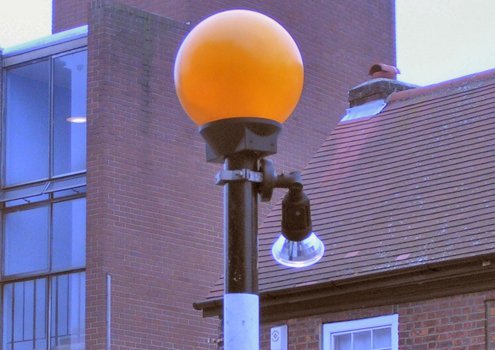Reading time: Less than 1 minute
Increase your vocabulary and you’ll make your writing much more precise. That’s why I provide a word of the week. Today’s term: Belisha beacon…
When I read a juicy novel, I particularly enjoy the way it sends me scurring to the dictionary or the internet. The Julian Barnes book The Only Story did that for me. Barnes has a stupefyingly large vocabularly and his writing is peppered with Englishisms that are unfamilar to me, even though I’m 1/4 English. (Two of my grandparents were Brits.)
The phrase I enjoyed most in his recent book was Belisha beacon. Here is how he used the term:
There was a Greenline bus stop; a zebra crossing with Belisha beacons; a post office; a church unoriginally named after St. Michael; a public, a general store, chemist, hairdresser; a petrol station which did elementary car repairs.
“Now, what on earth is a Belisha beacon,” I wondered, while sitting reading on a beach. I quickly reached for my smartphone to find out.
A Belisha beacon is an amber-coloured globe lamp (see photo, above) atop a tall black and white pole, marking pedestrian crossings of roads in the United Kingdom, and other countries historically influenced by Britain. They were first erected in London in 1934 and were rolled out nationally in the following year.
The beacons were named after Leslie Hore-Belisha a minister of transport who was highly successful in modernizing the British road system prior to the Second World War. He added beacons to pedestrian crossings, marked by large metal studs in the road surface. These crossings were later painted in black and white stripes, and are known as zebra crossings. Legally pedestrians have priority (over wheeled traffic) on such crossings.
And, apparently, there is some controversy over the value of the beacons, according to some cyclists.
An earlier version of this post first appeared on my blog on July 18/18.


